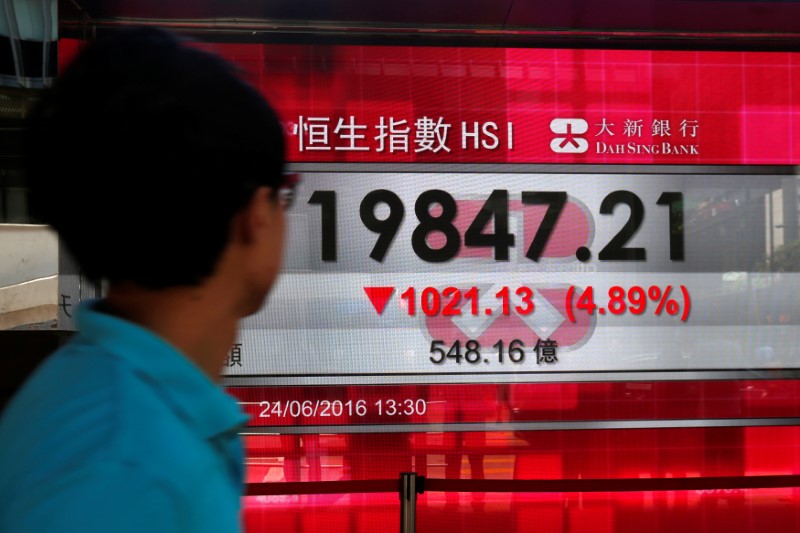US stock futures inch lower after Wall St marks fresh records on tech gains
Investing.om -- China’s economy is shifting onto a new policy path as deflationary pressures and industrial overcapacity weigh on growth. Inflation has remained below target, with the GDP deflator negative for nine consecutive quarters.
That persistent disinflation has forced policymakers to rethink their strategy after this year’s growth goals were largely set with traditional stimulus in the first half.
The government’s “anti-involution” campaign, which aims to tackle entrenched deflation and excess production, marks a significant pivot.
Analysts compare it to the supply-side reforms of 2015 to 2018, but the current industrial backdrop is different. Emerging industries such as solar, electric vehicles and batteries are led by private companies rather than state-owned enterprises.
That means policymakers must create incentives rather than rely on directives to consolidate supply. This makes the process more complex and points to a gradual, market-oriented approach.
While coal, steel and cement are already seeing production cuts reminiscent of the earlier reform cycle, the bigger challenge lies in curbing oversupply in downstream sectors.
So far, authorities have pledged to monitor prices and production volumes, but substantive action has been limited.
Rising U.S. tariffs and broader geopolitical fragmentation could add further pressure on domestic producers to restructure more quickly.
Morgan Stanley (NYSE:MS) research shows Chinese supply chains have shifted toward higher value-added segments in global production.
Policymakers appear to be steering the economy away from low-value output and towards sectors that provide greater resilience against external shocks.
Despite the shift, reforms are unlikely to alter the longstanding pattern of using investment to meet real GDP targets in the short term.
Instead, modest policy adjustments and structural reforms are being introduced gradually.
Proposals include altering local government incentives, shifting from value-added taxes toward direct taxation, and expanding social welfare programs.
Early steps such as consumption subsidies, birth-related benefits and elderly care vouchers remain limited in scale.
The upcoming 15th five year Plan is expected to place greater emphasis on structural reforms rather than solely industrial policy.
Economists argue that durable progress against deflation requires systemic changes, including recalibrating fiscal incentives and strengthening household consumption.
Given the scope of reforms needed, the report notes that China’s battle against deflation will likely be prolonged.
